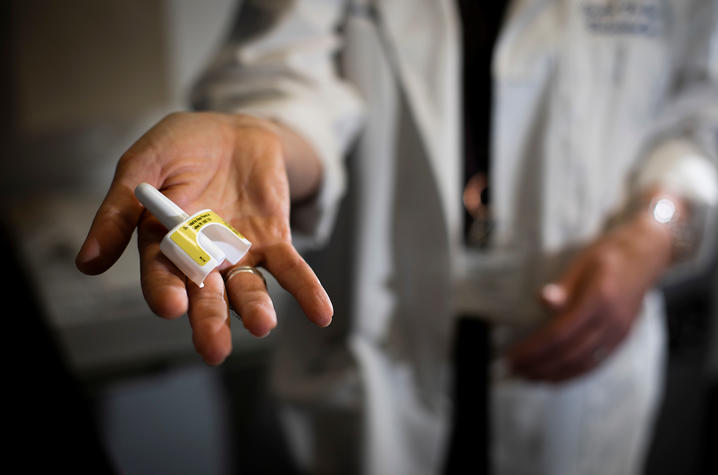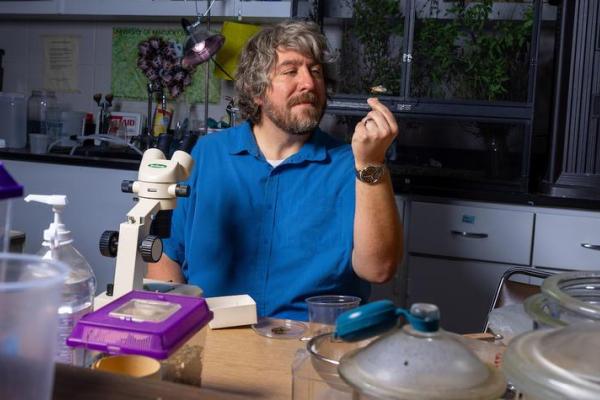KIPRC develops detection map for responding to unusual overdose spikes

An unusual spike in drug overdoses in Lexington, recently has spurred the Lexington-Fayette County Health Department to advise people, especially those with substance use disorder or those connected to someone with it, to carry naloxone. Between Jan. 4 and 7, the Overdose Detection Mapping Application System (ODMAP) reported 29 nonfatal drug overdoses in Fayette County. This marks a significant increase over the 17 reports of the previous week.
ODMAP alerts are one of the methods that the Kentucky Injury Prevention and Research Center (KIPRC), housed in the University of Kentucky College of Public Health and partnered with the Kentucky Department for Public Health, uses for their Kentucky Drug Overdose Alert System (KDOAS). KDOAS was launched last year in collaboration with KDPH.
“KDOAS uses methods like ODMAP alerts along with syndromic-surveillance-derived SaTScan overdose cluster alerts to detect unusual patterns in nonfatal drug overdoses. These alerts help identify spikes or clusters of overdoses in specific areas,” said Andrew Farrey, a syndromic surveillance epidemiologist with KIPRC.
KIPRC sets overdose alert levels for each county based on average daily drug overdose counts in Emergency Medical Services or syndromic surveillance data. When a significant increase in overdoses is observed, KIPRC notifies KDPH who sends out alerts and informational flyers to other state partners through the ReadyOPS communication system. The flyers include information about the overdose situation and are distributed to the affected KDPH Emergency Preparedness Region to bring awareness and help the area respond. In this case, the spike was in the Lexington-Fayette County area.
Naloxone can be obtained through the health department's Harm Reduction Program on Monday (11 a.m. - 5 p.m.), Wednesday (3 - 6:30 p.m.), and Thursday (11 a.m. - 5 p.m.) in the Dr. Rice C. Leach Community Room at the Lexington-Fayette County Health Department at 650 Newtown Pike.
Other ways to help, according to the health department, include the following:
- don't use drugs alone;
- those who have or know someone needing treatment for substance use disorder can visit FindHelpNowKY.org for treatment options;
- check in on friends, family members, neighbors, and others; and
- call 911 if you suspect someone is experiencing an overdose.
KIPRC is a unique partnership between the Kentucky Department for Public Health and the University of Kentucky’s College of Public Health. KIPRC serves as both an academic injury prevention research center and a bona fide agent of DPH for statewide injury prevention and control.
More from this series Research Priorities - Substance Use Disorder
Credits
Words: Stephanie Ramsey
Photo: Pete Comparoni


